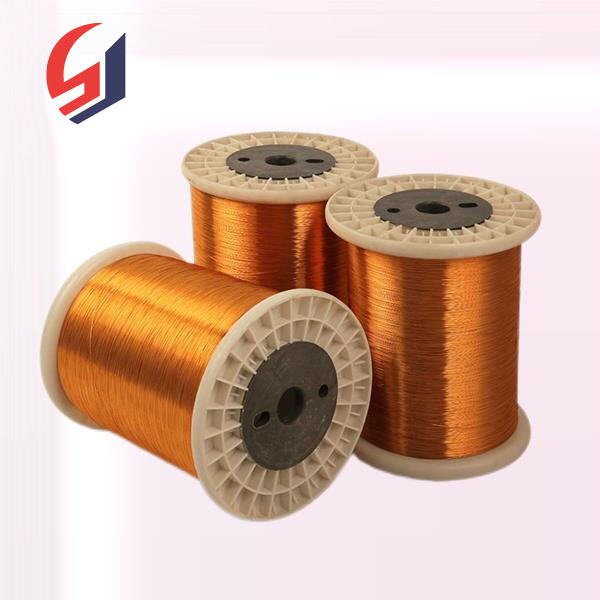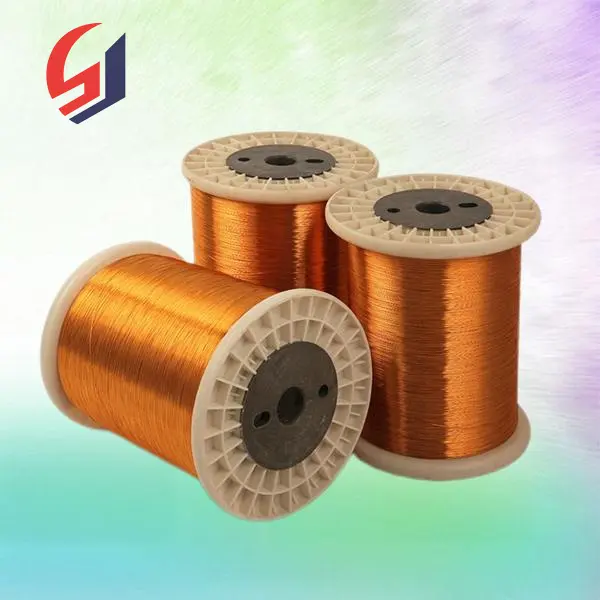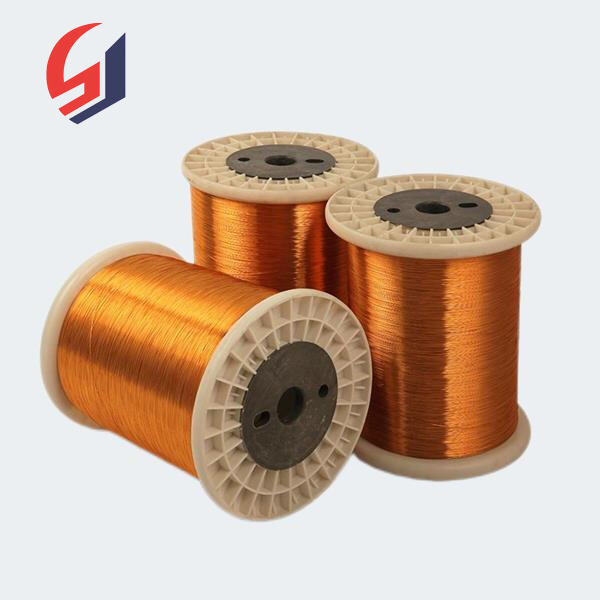CCA stands for Copper-clad aluminum, meaning the wire's inner core is aluminum (which is less effective), while the outer layer is copper. CCA has some good features, but this combination does not equal solid copper. Solid copper, as its name implies, is 100% copper with nothing else added. While both CCA and solid copper conduct electricity well, you need to be aware of some key differences.
One establishment of CCA is its lower cost than solid copper. As a result, CCA cables are cheaper to manufacture and purchase because they contain less copper. This means it is an excellent choice for projects with a budget-friendly approach. Also, CCA weighs less than pure copper, so it is easier to transport and work with than pure copper. This is a light weight feature which also allows CCA for the wiring which needs to be flexible (for instance while pushing through difficult angle/places).
And solid copper has its own benefits. It has a much higher conductivity than CCA. Solid copper, therefore, can conduct electrical signals more efficiently, which leads to better performance in various applications. This means that loss of signal and issues with energy loss are minimized when you use solid copper. Solid copper is also a marvel at heat resistance. This also makes it a little more rugged option for scenarios when the wire could become hot or exposed to heat.
Positive: CCA has some of the same benefits as CCAA at a lower cost. Since it takes less copper, CCA will be much less expensive than solid copper. If you have a lot of wire to use for a project, this can help save you a bit of money. Likewise, since CCA is lighter than CCA, it is always easier to manage as well as ship. This may prove particularly useful in the plotting phase of a DIY project or an installation when a lot of moving of the wire is necessary.

Good: On the downside, CCA does have its downsides. One of the biggest concerns is that CCA does not conduct electricity as well as solid copper. This means it might drop signals more easily, which may have caused issues — particularly on projects that need high-quality electrical performance. Another disadvantage is CCA can be more susceptible to oxidation and corrosion. Eventually, this can shorten the lifecycle of the wire causing it to short out.

Good: Well, solid copper has a few benefits. Copper is a good conductor of electricity, making it a better option for wiring. It's crucial especially in cases where you have to carry power through long distances or with high voltage. Solid copper is also more resistant to environmental factors such as heat and moisture. This indicates that it manages demanding scenarios a lot much better than CCA, making it a more trusted selection for vital electrical work.

Now, when comparing CCA with copper, it all comes down to what you actually need for your project. But, if keeping costs low is very important, then CCA may be the better option for you. One of the better-known applications of CCA tends to be in home audio and video systems, which often require longer lengths of wire to connect speakers and other devices. This is also popular when making cars/ boats where low weight and flexibility are the key features.
Our factory for enameled wire is able of customizing products according to customer's particular requirements. They also provide complete after-sales service. We offer a variety of specifications: Our company can produce enameled cables in different specifications like wire diameters, thicknesses of enamel, temperature ratings, and insulation ratings.
Copper wire factories that are enamel are able to produce top-quality products for an affordable cost because of their scale production capability. 1) Mass production: The manufacturing facility can rapidly respond to orders of large size and guarantee timely delivery. (2) Reduced costs through an efficient production and optimizing equipment The factory is able to reduce waste and increase output rate so that the unit price is reduced and allowing customers to enjoy a better price.
The high-quality of enameled copper is of paramount importance. The manufacturing facility goes through a variety of quality control procedures to ensure that the product meets standards of international quality and meet the customer's requirements. (1) Control of raw materials from pure copper to premium insulating lacquer, the raw products undergo rigorous screening to ensure their performance is stable. 2.) Whole-process monitoring. From wire drawing to enameling, every stage of production is subjected strict tests, including electrical performance, insulation voltage withstand, and tensile tests in order to ensure quality and safety. In order to increase customer confidence, quality factories are usually certified by ISO 9001 for their quality management system and UL Safety certification.
The latest production techniques and stringent quality control in our enameled-wire manufacturing facilities allow us to deliver products efficiently across the globe. We cooperate with our international logistics partners to create customized logistics solutions that satisfy the needs of our customers. Our global delivery network is able to cover important ports, ensuring that your products get to their destination promptly and safely. Furthermore our sales team provides online tracking services to keep customers updated on the progress of their shipment in real-time, increasing the transparency of supply chains and customer satisfaction.